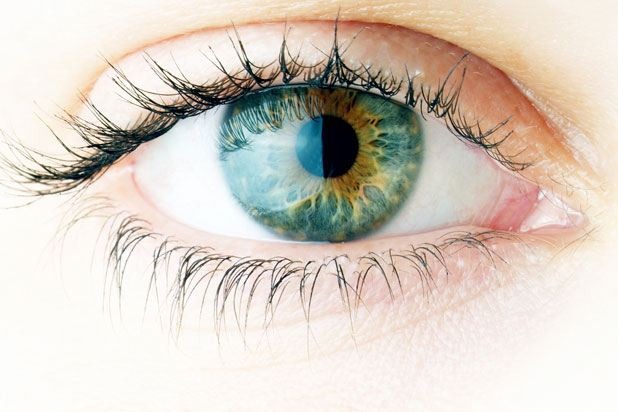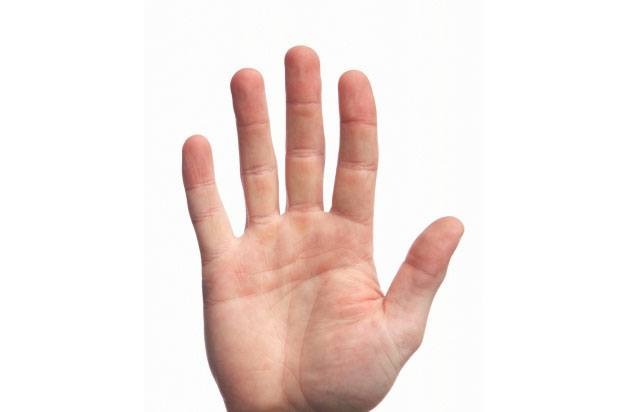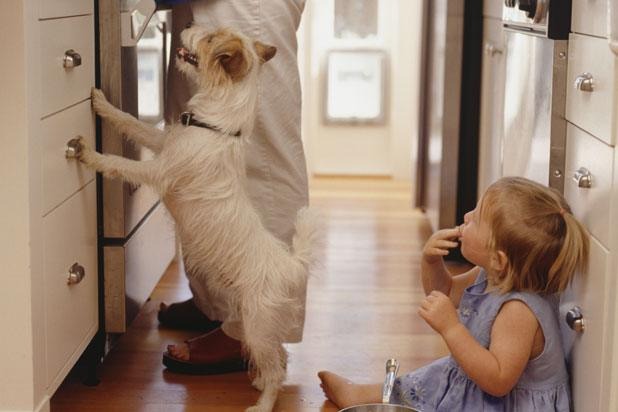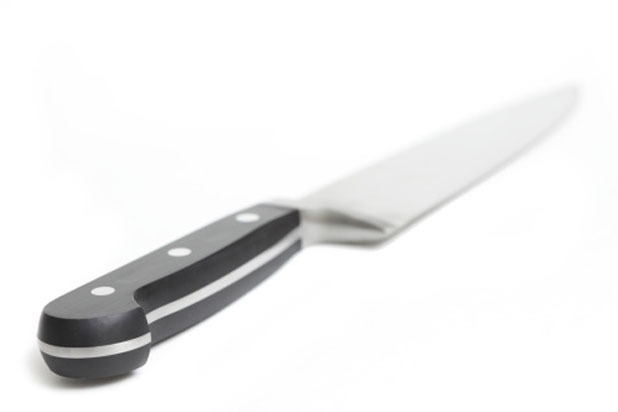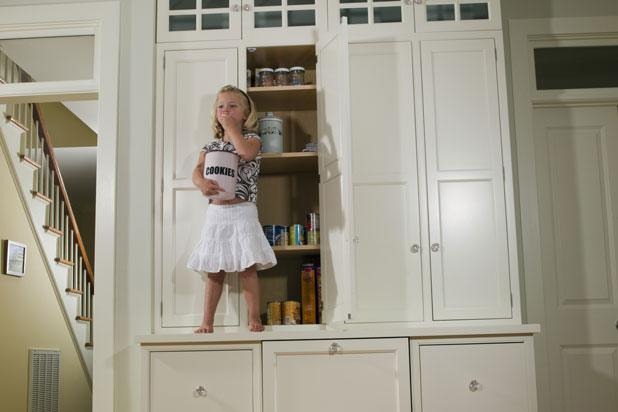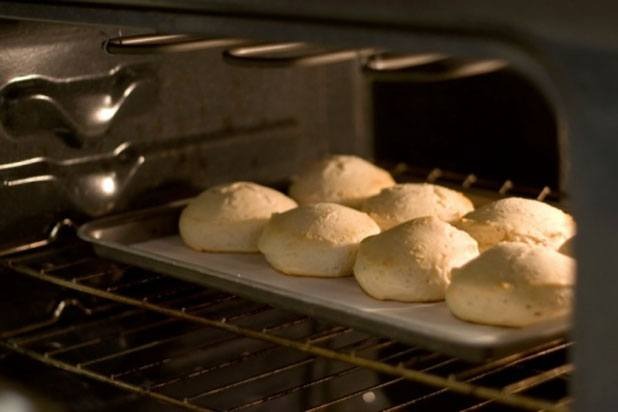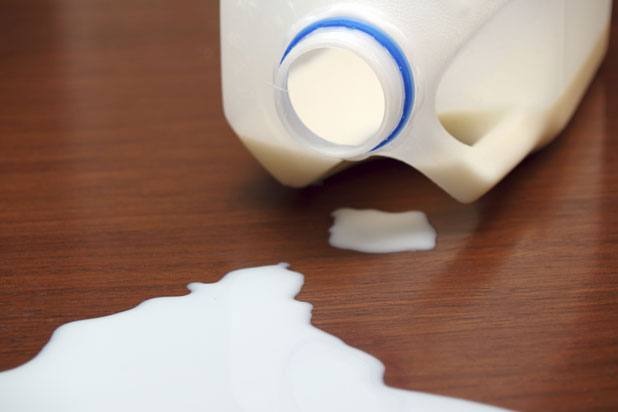6 Most Common Kitchen Injuries And What You Should Know Slideshow
What it Is: You can burn more than just your food in the kitchen, and one of the most common kitchen injuries is damage to the skin from hot liquids such as hot water, grease, or others substances.
How to Prevent It: Caution is the best practice for avoiding burns. Always be aware if a hot substance is around, and keep the flame at a reasonable level to avoid splatter burns when frying food.
How to Treat It: Whenever you burn yourself, run your injury under cold water for as long as possible. The cold water cools the skin and stops the burning from causing more damage to the skin tissues. Harder burns to treat are grease burns, because they can be hotter than water, and other liquids such as caramelized sugar, because they stick to your skin and are harder to remove. Dr. Renk says that if there's no open blisters or wounds, you can probably avoid a doctor's visit, but make sure to treat it with ice and Neosporin. Remember to keep the wound clean and to change your dressings regularly in order to avoid infection.
Eye Irritation
What It Is: Believe it or not, but eyes are at risk when working in the kitchen, especially when working with ingredients such as chile peppers or spicy ingredients. When substances with heat get into the eye, it can cause irritation and sometimes even infection.
How to Prevent It: Always be conscious of the food you're working with when you're in the kitchen, and never rub your eyes if you're handling hot spices or pepper seeds. When frying food, be sure to keep your face as far away from the hot grease as possible, to avoid getting grease splatter in your eyes.
How to Treat It: If there is irritation caused to your eyes, flush them out immediately with water and have someone take you to the emergency room as soon as possible, where you can be treated for possible infection.
Knife Cut, contd.
The two most important things to consider with knife cuts are depth and what part of the hand was injured. Dr. Renk explains that because the hand is such a complex structure, its important to be aware of where youve cut yourself and how deep because you may have punctured a tendon or an important muscle. Cuts on the tips of fingers and tops of knuckles will not cause too much serious damage, whereas anything to the palm or finger could be detrimental to your hand movement and have long term effects.
Tripping
What It Is: As silly as it sounds, tripping in the kitchen can lead to some pretty serious consequences, some of which are other injuries discussed here.
How to Prevent It: Dr. Lanigan stresses that he never lets his kids in the kitchen while working, as they tend to linger around the cook who often forgets they're there, and while the pooch may serve as a great sous chef in the form of clean up, best that they stay out of the kitchen as well.
How to Treat It: Tripping usually leads to minor injuries that can be treated with an ice pack or a couple of aspirin, but if it leads to one of the 6 common injuries here, see that slide for treatment.
Knife Cut
What it is: Civilians and kitchen workers are constantly coming through the ER with knife cuts or deep lacerations to their fingers and palms, say Dr. Lanigan.
How to Prevent It: Always hold your knife with a firm grip to prevent it from falling out of your hands and keep the tips of your fingers curled while holding something in place to be cut.
How to Treat It: As soon as you cut yourself, wash the wound immediately — no matter how painful — in order to prevent infection to one of your body's most important assets. Dry and clean the dressing and hold pressure directly to the wound. Do not elevate or use a tourniquet unless the bleeding is very bad, in which case you should go to the emergency room immediately. Dr. Lanigan stresses that you should see a doctor regardless whenever you cut yourself, and if you think you will need stitches, to visit one within the first 12 hours of cutting yourself.
Bumping Your Head
What It Is: With cooks constantly on the move in the kitchen, it's easy to leave a cabinet or drawer open here or there, which can lead to blunt force trauma to the head.
How to Prevent It: Slow down. Everything will get done and out on the table on time, so take the time to put things away and close the cabinets when you're done with them.
How to Treat It: If you become unconscious from hitting your head, have someone take you to the emergency room right away, otherwise, a good old ice pack to the head will do the trick.
Burn - Contact
What It Is: We've all fallen for it: touched the cookie sheet despite knowing it just sat in the oven for 20 minutes. Another type of contact burn is from the flame itself, which happens frequently when flambéeing or cooking with alcohol. While causing the same type of injury to the skin, contact burns are more severe that liquid burns because the heat is more direct, causing a more painful and serious burn.
How to Prevent It: Always be aware of hot surfaces while working in the kitchen, and use kitchen mitts as much as possible. Keep the handles of your pots on the stove-top facing in order to avoid knocking them over.
Slipping
What It Is: Cooks can be a bit messy in the kitchen and we're not blaming them but spilled liquids or food on the floor can lead to falls which can lead to bone fractures and concussions.
How to Prevent It: If something spills, clean it up right away, no matter how big of a hurry you're in. A burnt piece of chicken is way better than having a broken arm.
How to Treat It: If you've fallen and hit something that begins to swell, visit an emergency room immediately.

